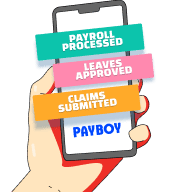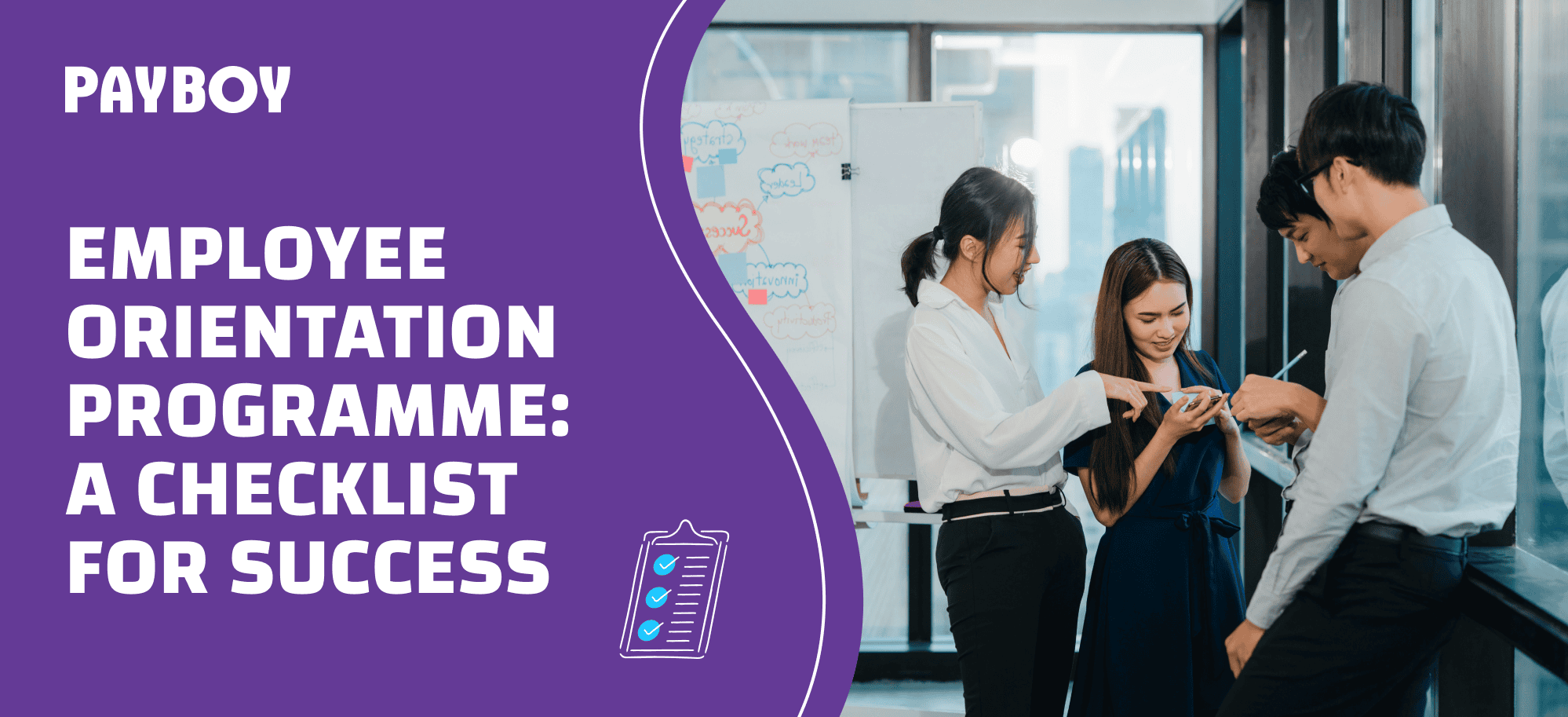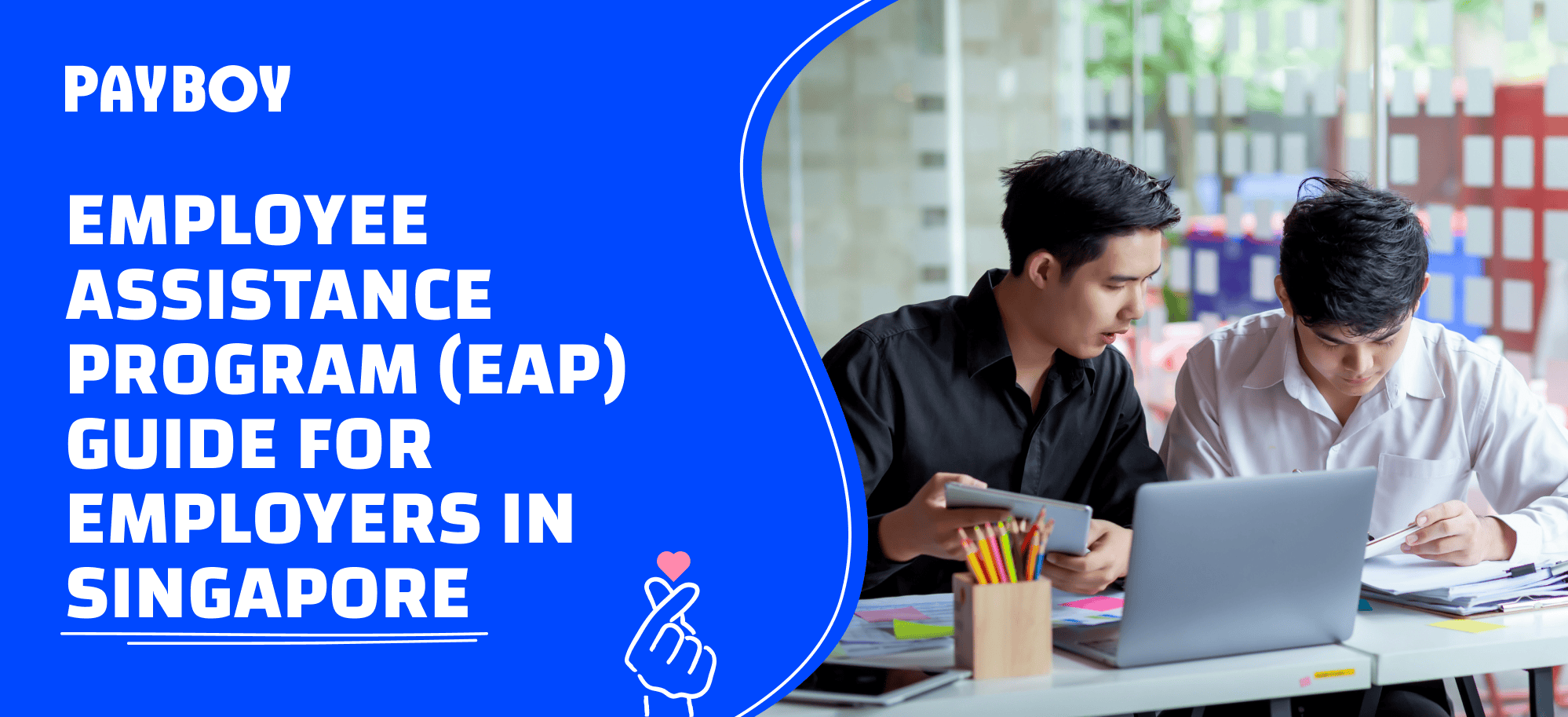Employee orientation programme: A checklist for success
Navigating the initial days of a new job can be both exciting and daunting. That is where an employee orientation programme comes in. In this blog, we will look at the essence of employee orientation—what it entails, why it is important, and how it sets the stage for a successful future. From understanding the purpose of orientation to exploring the activities involved, we'll uncover the key components that make up a comprehensive orientation programme and share some best practices to ensure your orientation leaves a lasting impression. Let's get started!
What is an employee orientation programme?
An employee orientation programme, also known as onboarding, is a structured process that introduces new employees to their roles, the organisation's culture, policies, procedures, and expectations. It helps new hires become acquainted with their workplace, coworkers, and job responsibilities, with the goal of ensuring a smooth transition into the organisation and preparing them for success in their new role.
What are the purposes of employee orientation?
Employee orientation serves several important purposes:
1. Welcome new hires: An employee orientation creates a warm and welcoming atmosphere for new employees, helping them feel valued and appreciated from the start.
2. Introduce organisational culture and values: Orientation programmes introduce new hires to the company's culture, mission, vision, and core values, allowing them to gain a sense of the overall work environment and align their mindset and behaviour with the organisation's overall goals.
3. Provide essential information: Orientation sessions provide critical information about company policies, procedures, benefits, and expectations. This equips new employees with the knowledge they need to navigate their roles effectively, like vacation time, payroll procedures, and how to request time off.
4. Build connections: Orientation activities facilitate networking and relationship-building among new hires and their colleagues. This fosters a sense of belonging and encourages collaboration within teams.
5. Answer questions and address concerns: Orientation provides a platform for new hires to ask questions and clarify any doubts they may have about their role, the company, or the onboarding process itself. This helps alleviate anxiety and ensure new employees feel supported in their transition.
6. Equip employees for their role: New hires will receive training on the specific skills and knowledge required for their job. This could involve product demonstrations, software tutorials, or job shadowing. Orientation programmes also outline performance expectations and job responsibilities to help new employees understand what is expected of them and how they can contribute to the organisation's success.
Tip: Continue reading our comprehensive employe training guide to learn how to create an effective employee training plan that meets the needs of both your company and your employees.
What activities are usually covered during an employee orientation programme?
Welcome and introductions
A formal welcome session is held during which new hires hear a message from senior leadership and meet key members of the organisation, such as leaders, colleagues, and support staff.
Team-building activities
Icebreakers, team-building exercises, or group activities designed to facilitate bonding among new hires and their colleagues foster a sense of camaraderie and teamwork.
Company policies and procedures
New hires will learn about company policies, procedures, and guidelines related to areas such as employee conduct, ethics, safety, security, attendance, and dress code.
Benefits and compensation
This covers details about employee benefits packages, including healthcare plans, retirement savings options, paid time off, and other perks or incentives. Read on to learn how to implement a flexible benefits scheme in Singapore!
Tour of facilities
Guided tours of workplace facilities, including office spaces, common areas, break rooms, restrooms, parking lots, and any other relevant areas.
Introduction to technology and resources
Orientation to company technology systems, software platforms, communication tools, and other resources necessary for performing job duties effectively. Refer to these top 10 collaboration tools to keep your team on track.
Job-specific training
Job-specific training sessions or workshops tailored to the new hire's role, responsibilities, and expectations. This may include training on systems, processes, tools, and best practices relevant to their job function.
Administrative tasks
New hires will typically complete necessary paperwork, such as tax forms and benefit enrollment.
Q&A session
This allows new hires to ask questions, seek clarification, and receive additional information about the organisation, their role, or any other relevant topics.
Feedback and follow-up
Feedback sessions where new hires can provide input on their orientation experience and receive guidance on next steps or ongoing support.
What are some effective icebreakers or games for new employee orientation?
Effective icebreakers and games can help new employees feel more comfortable, engaged, and connected during orientation. Here are some ideas to facilitate connections and build camaraderie among participants:
Name That Tune
Play short clips of popular songs and have participants guess the song title and artist, which encourages teamwork and friendly competition.
Marshmallow Challenge
In teams, participants have a limited amount of time to build the tallest freestanding structure using only spaghetti, tape, string, and a marshmallow. This fosters collaboration, creativity, and problem-solving skills.
Desert Island Scenario
Ask participants to imagine they are stranded on a desert island and can only bring three items with them. They must discuss and justify their choices, providing insights into their personalities and preferences.
Team-based Challenges
Divide participants into teams and give them challenges to complete, such as building a paper tower or solving a puzzle. These activities encourage collaboration, communication, and friendly competition.
Virtual Escape Room
For remote or hybrid orientations, consider hosting a virtual escape room experience where participants work together to solve puzzles and complete challenges to "escape" within a set time frame.
Tip: Discover 25 fun team-building activities to engage your employees as well as enhance teamwork and camaraderie.
What are some good practices for new employee orientation?
Implementing effective practices during new employee orientation can ensure a smooth and positive onboarding experience. Here are some good practices to consider:
1. Clear communication: Provide clear instructions and information about the orientation schedule, objectives, and expectations well in advance to alleviate any anxiety or uncertainty for new hires.
2. Personalised welcome: Tailor the orientation process to each new employee's role, background, and needs to make them feel valued and appreciated from day one.
3. Warm reception: Upon arrival, greet new employees warmly and introduce them to key team members and colleagues to foster a sense of belonging and integration into the company culture.
4. Comprehensive information: Cover essential topics such as company mission and values, organisational structure, policies and procedures, benefits and perks, performance expectations, and available resources.
5. Interactive sessions: Incorporate interactive activities, discussions, and hands-on exercises to engage new hires actively and encourage participation and collaboration among team members.
6. Realistic job preview: Provide new employees with a realistic preview of their role, responsibilities, and daily tasks to set realistic expectations and minimise surprises or disappointments later on.
7. Mentorship and buddy system: Pair new hires with experienced mentors or buddies who can offer guidance, support, and advice during the onboarding process and beyond.
8. Continuous feedback: Solicit feedback from new employees throughout the orientation process to assess their comprehension, promptly address any concerns or questions, and make adjustments as needed.
By incorporating these good practices into your new employee orientation programme, you can create a welcoming, informative, and engaging experience for new employees.
Summary: New employee orientation checklist
A new employee orientation checklist serves as a valuable tool to ensure all essential tasks and activities are completed during the onboarding process. Here's a summary of key items typically included in a new employee orientation checklist.
Pre-Orientation Preparation:
- Prepare welcome materials, such as employee handbooks, company policies, and organisational charts.
- Set up the new hire's workspace with necessary equipment, supplies, and access to technology systems.
Day One Orientation:
- Welcome and introductions: Introduce the new employee to their team members, colleagues, and key stakeholders.
- Company overview: Provide an overview of the company's mission, values, history, and culture.
- Administrative tasks: Complete necessary paperwork, including employment contracts, tax forms, and benefit enrollment.
- Facility tour: Conduct a tour of the workplace, highlighting key areas such as restrooms, break rooms, and emergency exits.
Job-Specific Training:
- Role expectations: Review the new hire's job description, responsibilities, and performance expectations.
- Training sessions: Provide job-specific training on tools, systems, processes, and procedures relevant to the new employee's role.
- Mentorship: Assign a mentor or buddy to guide, support, and assist the new employee as they adjust to their new role.
Company Policies and Procedures:
- Review company policies: Discuss important policies and procedures related to attendance, time off, workplace conduct, and safety.
- Compliance training: Provide training on relevant regulatory requirements, such as harassment prevention and data security.
Benefits and Perks:
- Benefit overview: Explain the company's benefits package, including health insurance, retirement plans, and additional perks.
- Enrollment process: Assist the new employee with enrolling in benefit programmes and provide guidance on available options.
Culture and Engagement:
- Cultural immersion: Foster a sense of belonging by sharing stories, traditions, and values that define the company culture.
- Team building activities: Facilitate icebreakers, group exercises, or team-building activities to encourage interaction and collaboration among team members.
Follow-up and Support:
- Check-ins: Schedule regular follow-up meetings to assess the new employee's progress, address any concerns, and provide ongoing support.
- Feedback: Solicit feedback from the new employee to identify areas for improvement and enhance the onboarding experience for future hires.
Streamline your HR processes with Payboy today!
As a PSG-approved HRMS, Payboy provides a robust system to help you manage your HR tasks so that you can focus on your business and people!
With our wide range of modules, you can customise a solution to meet the specific needs of your business:
Payroll Processing | Leave Management | Claims Management | Applicant Tracking | Time Attendance | Shift Scheduling | Appraisal System | Inventory Management | Project Costing | Training Management | Benefits





















